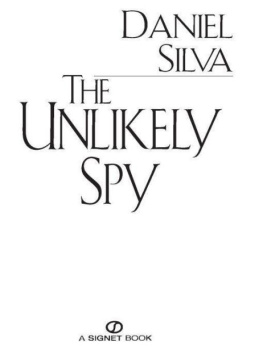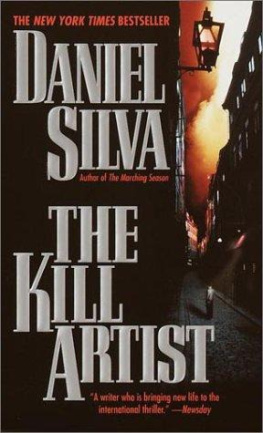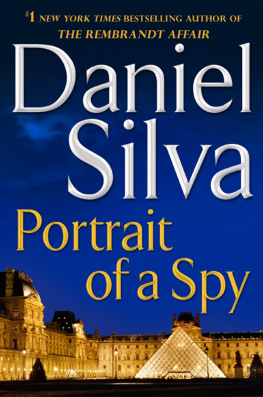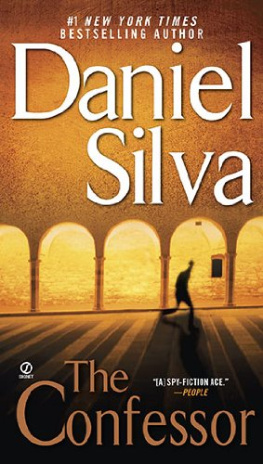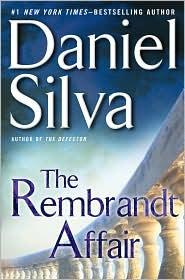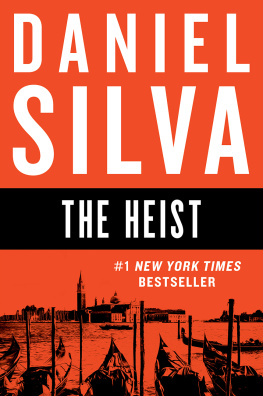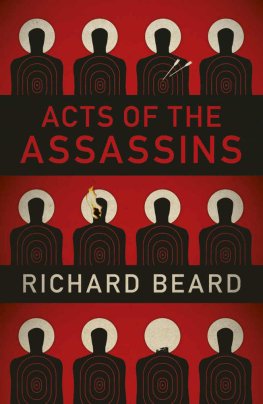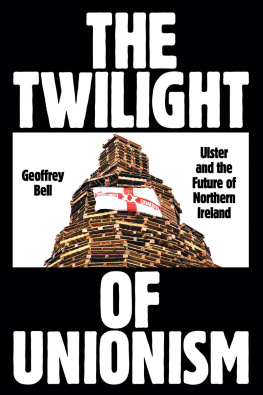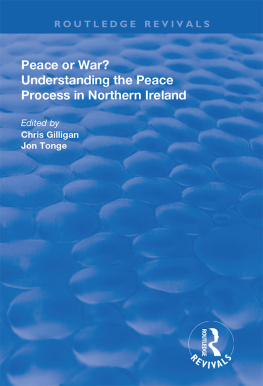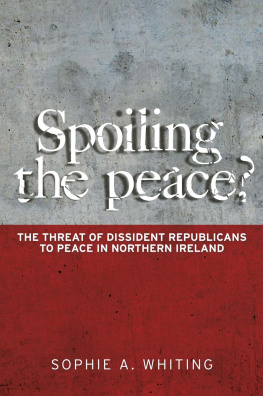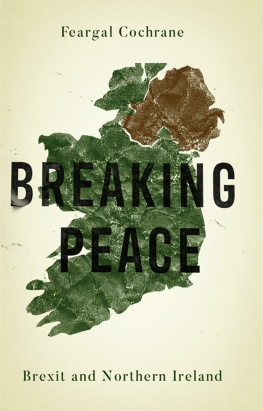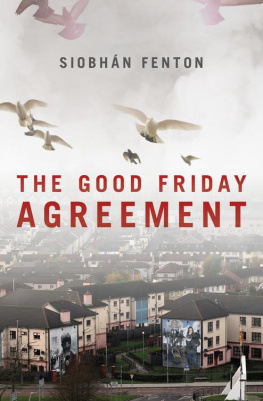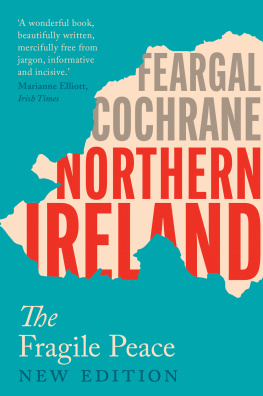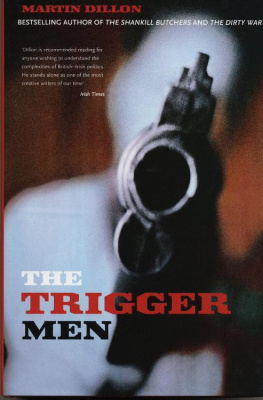THE MARCH
NG SEASON
A NOVEL
Daniel Silva
RANDOM HOUSE NEW YORK
The Marching Season is a work of fiction. Obviously, it is drawn partially from real events. However, all characters and locales either are products of the author's imagination or have been used fictitiously. Any resemblance to any persons, living or dead, is entirely coincidental.
Copyright 1999 by Daniel Silva
All rights reserved under International and Pan-American Copyright Conventions. Published in the United States by Random House, Inc., New York, and simultaneously in Canada by Random House of Canada Limited, Toronto.
Random House and colophon are registered trademarks of Random House, Inc.
Library of Congress Cataloging-in-Publication Data Silva, Daniel.
The marching season: a novel/ Daniel Silva. p. cm.
ISBN 0-375-50089-8 I. Title. PR6069.I362M36 1999b 823'.914dc21 98-53464
Random House website address: www.atrandom.com
Printed in the United States of America on acid-free paper
98765432
First Edition
Book design by Caroline Cunningham
For Ion Trewin, for friendship
and faith, and as always,
for my wife, Jamie, and my children,
Lily and Nicholas
THE MARCHING SEASON
FOREWORD
The current period of violence in Northern Ireland, known as "the Troubles," erupted in August 1969. Broadly speaking it is a conflict between Republicans, who are predominantly Catholic and who want the North to unite with the Irish Republic, and Unionists, or Loyalists, who are predominantly Protestant and want to maintain the union between Ulster and the United Kingdom. Each side has produced a veritable alphabet soup of paramilitary groups and terrorist organizations. The most famous, of course, is the Provisional Irish Republican Army, the IRA. It has carried out hundreds of assassinations and thousands of bombings in Northern Ireland and on the British mainland. In 1984 it nearly succeeded in blowing up Prime Minister Margaret Thatcher and her government at a hotel in Brighton, England. In 1991 it fired a mortar into Downing Street, the seat of British power. The Loyalists have their gunmen and bombers toothe UVF, the UDA, and the UFF, just to name a fewand
4 Foreword
they too have carried out appalling acts of terrorism. In fact, of the 3,500 people killed since the Troubles began, most have been Catholics.
But the violence did not begin in 1969. Catholics and Protestants have been killing each other in the north of Ireland for centuries, not decades. Historical markers can be difficult to fix, but Protestants regard 1690 as the beginning of their ascendancy in the north. It was then that William of Orange defeated King James II, a Roman Catholic, at the Battle of the Boyne. To this " day Protestants celebrate William's victory over the Catholics with a series of noisy and sometimes confrontational parades. In Northern Ireland this time is known as "the marching season."
On May 22, 1998, the people of Northern Ireland voted to accept the Good Friday peace accords, which call for power sharing between Catholics and Protestants. But memories are long in Ulster, and neither side has been willing to declare that the civil war is truly over. Indeed, the period since the election has seen several acts of heinous terrorism, including the bombing of Omagh, which killed twenty-eight peoplethe bloodiest single act of terror in the history of the Troublesand the arson fire in Ballymoney in which three Catholic children burned to death. Clearly, there are men of violence on both sides of Northern Ireland's sectarian divideCatholic and Protestant, Republican and Unionistwho cannot forget and are not prepared to forgive. Some of those men are actively plotting to destroy the peace agreement.
It might happen something like this....
JANUARY
BELFAST DUBLIN * LONDON
Eamonn Dillon of Sinn Fein was the first to die, and he died because he planned to stop for a pint of lager at the Celtic Bar before heading up the Falls Road to a meeting in Andersontown. Twenty minutes before Dillon's death, a short distance to the east, his killer hurried along the pavements of Belfast city center through a cold rain. He wore a dark green oilskin coat with a brown corduroy collar. His code name was Black Sheep.
The air smelled of the sea and faintly of the rusting shipyards of Belfast Lough. It was just after 4 P.M. but already dark. Night falls early on a winter's night in Belfast; morning dawns slowly. The city center was bathed in yellow sodium light, but Black Sheep knew that West Belfast, his destination, would feel like the wartime blackout.
He continued north up Great Victoria Street, past the curious fusion of old and new that makes up the face of central Belfastthe constant reminders that these few blocks have been
8 Daniel Silva
bombed and rebuilt countless times. He passed the shining facade of the Europa, infamous for being the most bombed hotel on the planet. He passed the new opera house and wondered why anyone in Belfast would want to listen to the music of someone else's tragedy. He passed a hideous American doughnut shop filled with laughing Protestant schoolchildren in crested blazers. I do this for you, he told himself. I do this so you won't have to live in an Ulster dominated by the fucking Catholics.
The larger buildings of the city center receded, and the pavements slowly emptied of other pedestrians until he was quite alone. He walked for about a quarter mile and crossed over the Ml motorway near the towering Divis Flats. The overpass was scrawled with graffiti: VOTE SINN FEIN; BRITISH TROOPS OUT OF northern IRELAND; RELEASE ALL POWS. Even if Black Sheep had known nothing of the city's complex sectarian geography, which was certainly not the case, the signs were impossible to miss. He had just crossed the frontier into enemy territoryCatholic West Belfast.
The Falls spreads west like a fan, narrow at its mouth near the city center, broad to the west, beneath the shadow of Black Mountain. The Falls Roadsimply "the road" in the lexicon of Catholic West Belfastcuts through the neighborhood like a river, with tributaries leading into the thickets of terraced houses where British soldiers and Roman Catholics have engaged in urban guerrilla warfare for three decades. The commercial center of the Falls is the intersection of the Springfield Road and the Grosvenor Road. There are markets, clothing shops, hardware stores, and pubs. Taxis filled with passengers shuttle up and down the street. It looks much like any other working-class neighborhood in a British city, except the doorways are encased in black steel cages and the taxis never stray from the Falls Road because of Protestant killer squads. The dilapidated white terraces of the
The Marching Season 9
Ballymurphy housing estate dominate the western edge of the Falls. Ballymurphy is the ideological heartland of West Belfast, and over the years it has supplied a steady stream of recruits to the IRA. Bellicose murals stare over the Whiterock Road toward the rolling green hills of the city cemetery, where many of Bally-murphy's men are buried beneath simple headstones. To the north, across the Springfield Road, a giant army barracks and police station stands like a besieged fortress in enemy territory, which indeed it is. Strangers aren't welcome in the Murph, even Catholic strangers. British soldiers don't set foot there without their giant armored personnel carriers called saracens"pigs" to the people of Ballymurphy.
Black Sheep had no intention of going anywhere near Ballymurphy. His destination was farther to the eastthe headquarters of Sinn Fein, the political wing of the Irish Republican Army, located at No. 51-55 Falls Road. As he moved deeper into the Falls, the spires of St. Peter's Cathedral rose to his left. A trio of British soldiers drifted across the ugly asphalt square in front of the cathedral, now pausing to peer through the infrared sights of their rifles, now spinning on their heels to see if anyone was following them.
Next page

